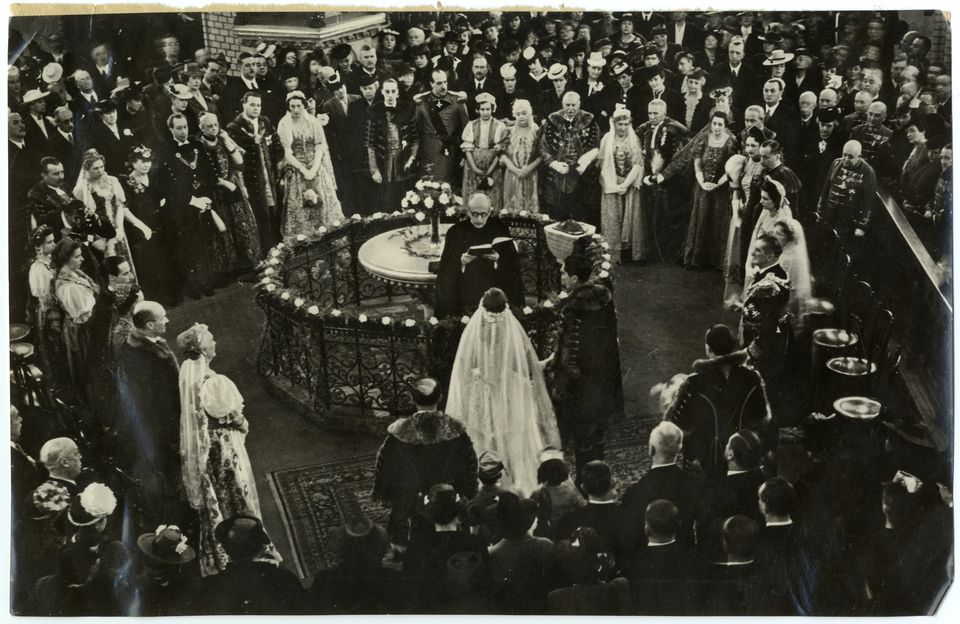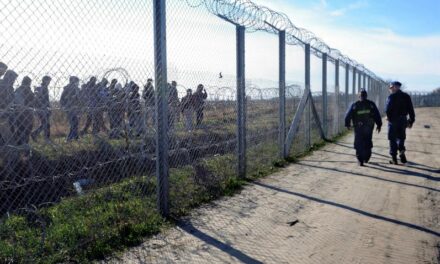He organizes thematic walks in Buda and Pest in connection with the upcoming exhibition of the National Museum entitled The Hungarian Bride. On the walk entitled 500 years of love - royal splendor, love rumors and intrigues, weddings in the Buda Castle, those interested can find out what royal, noble and aristocratic weddings were like: dream couples, weddings for seventeen countries, love rumors and intrigues.
According to the museum's announcement on Monday, on the walk entitled 500 years of love – royal splendor, love rumors and intrigues, weddings in the Buda Castle, visitors can find out what royal, noble and aristocratic weddings were like: dream couples, weddings for seventeen countries, love rumors and intrigues .
"The wedding of Beatrix of Aragon and King Mátyás Hunyadi of Hungary was a true Renaissance wedding. The royal princess of Naples enchanted the Hungarian royal court with her arrival and her beautiful dress. It was no different when Ilona Edelsheim-Gyulai appeared in a dress designed by Klára Rotschild at the place of her marriage to István Horthy," reads the description of the walk.
As they write, the marriage of Countess Teréz Brunszvik, the founder of the first kindergartens in Hungary, with Hussar Captain Antal Szily did not last long, and their wedding was thwarted by the family. They intended for her to marry a real count who was suitable in rank, and whom they looked forward to. In 1836, Count István Széchenyi and the widow Countess Seilern Crescence, who had many children, were eagerly awaited by the population of Buda. Countess Jacqueline Almásy's wedding in 1924 with the Parisian jewelry king Louis Cartier was even reported on by the American Vanity Fair magazine.
The walk in Buda, organized on October 16, November 13 and December 4, is led by ethnographer and cultural anthropologist Czingel Szilvia. On the Pest walk called "Love to the point of madness - brides in Budapest at the beginning of the 20th century" we will talk about Budapest at the beginning of the century, weddings, love, and brides.
As highlighted in the description of the walk, finding a "good party" in the life of a true lady was one of the most important life strategies at the beginning of the 20th century. The bourgeoisie at the end of the century usually only bathed when they got married, writes Sándor Márai, indicating the importance of civil weddings of the time. The wedding and the bride's dress were a matter of prestige, which is well demonstrated by the selection of bridal dress shops in the city center at the beginning of the 20th century. The press of the time devoured the news stories of famous actresses, writers and beauty queens, which were not free from rumours, scrutinizing their love lives and showing their weddings.
Those taking part in the walk can get answers to questions such as what Jakab Mössmer's bridal shop was like, and why a proud lady bought wedding accessories from the Förster Sisters. Those interested can find out what the wedding of the first Hungarian beauty queen was like in 1929, or where and to whom a maid serving in Budapest could marry. During the walk, you will find out what civil weddings of different religious denominations were like at the time, as well as why the coffee house was an important location in the love lives of our famous writers.
The walking guide this time is Czingel Szilvia, the duration of the walk is 2-2.5 hours, the starting point is the main staircase of the Hungarian National Museum. The first walk will take place on October 17, followed by November 14 and December 5.
The National Museum is planning a large-scale exhibition titled Hungarian Bride for December 2022 to present the spatial and temporal diversity of wedding customs, traditions, and costumes from the point of view of the Hungarian woman, the Hungarian bride. In the spirit of social diversity, the town and the countryside, the religions and ethnic groups living side by side in our country, and the wedding customs of the different social strata from 1521 to 2021 are given equal emphasis.
The museum preserves hundreds of wedding-related artefacts from the early modern period to the present day. The earliest bridal dress in the textile collection dates from the beginning of the 16th century. According to tradition, Queen Mary wore the wonderful green silk damask dress of the late Burgundian fashion. She wore it at the time of her marriage to King Louis in 1521. The latest wedding dress was made in the 1990s and was placed in the National Museum's History Gallery at the end of 2020. The dress is the work of costume designer Edit Szűcs, who won the prestigious Roberts Award of the Danish Film Academy with her team.
In addition to the museum's own material and community collection, the exhibition also draws on material from Hungarian public collections at home and abroad.
MTI
Photo: Facebook page of the National Museum












